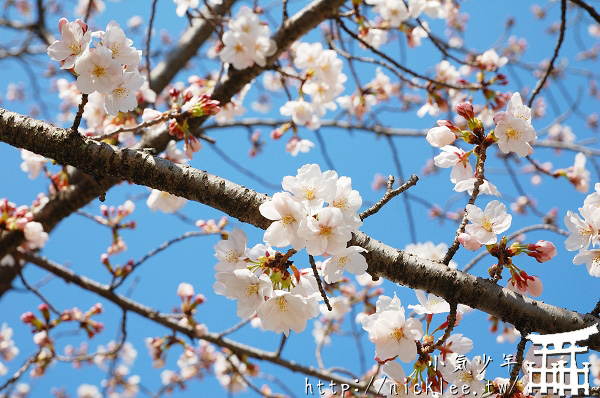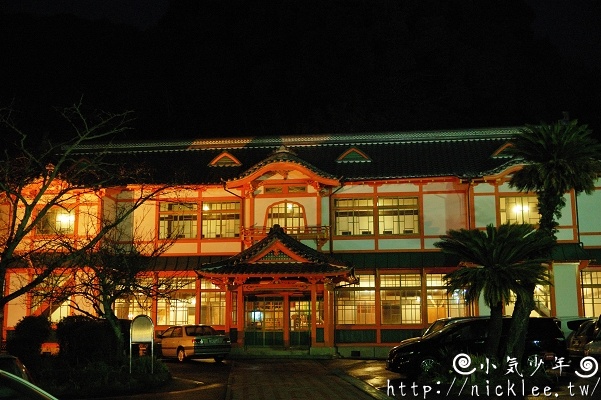Kurodani, Konkai-Komyoji Temple, originating from Mount Hiei.
Although it is a sacred Buddhist site, it also holds a notable place in modern Japanese history…
For instance, it is featured in the NHK Taiga drama “Gō: Hime-tachi no Sengoku” as a memorial site
Additionally, it served as the base for the Aizu Domain (Tokugawa faction) during the late Edo period, and the birthplace of the Shinsengumi.
Thus, it is an important historical site.
After getting off at the Okazaki-michi bus stop, just walk through the alleys, and you will find Konkai-Komyoji Temple.
This is the Koraimon Gate.

There are many plaques and stone monuments at the entrance.

This is also the cemetery for the Aizu Domain martyrs.

During the late Edo period, the Aizu Domain protected Kyoto
One of its organizations was called the Shinsengumi…

A simple nameplate.

Kurodani, Konkai-Komyoji Temple is not a well-known sakura viewing spot.
Therefore, if you want to enjoy sakura here, it is a great choice~
Of course….
The reason there are few people here is not without cause…

Entering from the gate, you can see sakuras planted along the road.

Panoramic view of Konkai-Komyoji Temple.

Sanmon (Main Gate).

Explanation of the Sanmon.
It appears this Sanmon was built in 1828.

Next to the Sanmon, there is a structure resembling a crossbow.
(Note: A netizen named pshuang informed me that this is a fence to prevent people from climbing up from the side)

The direction pointed by the arrows is here, not sure what’s special about it?

Heading towards the Miedo Hall.


Climbing up for a better view.
From above, you can see the Sanmon and Kyoto city.
However, the air quality is not great.

Arrived at the Miedo Hall.

Amida Hall.

The amulets here mainly feature the statue of Monju Bosatsu crossing the sea.
The mount below is a lion.

Kibi Makibi, also known as Kibi Kannon.
Kibi Makibi was an envoy to Tang China during the Nara period.
It is said that the current katakana was invented by Kibi Makibi (current research suggests it was not the work of a single person).

For some reason, I forgot to check out the Daikodo, or maybe it was not open, so I didn’t see it
Seeing the memorial tower for Gō, I came over~

Just… this simple.

There is also a staircase next to the memorial tower.
Let’s climb up further.

Halfway up, I got tired and took a break.

Pretending to take photos of Kyoto city.

Finally saw the Monju Tower (Three-storied Pagoda).
The Monju Tower was built in 1633.
Inside, it enshrines Monju Bosatsu, but it is not open to the public.

After climbing to the Monju Tower, the view is quite nice~

There are still sakura here.

Finally, let’s climb down… XD
The Sanmon when leaving.

That’s a brief introduction to Kurodani, Konkai-Komyoji Temple.
If you are a fan of Shinsengumi history, I recommend visiting.
If you are not a history enthusiast, consider your situation before coming here. If you get possessed or followed, the author is not responsible.
Kurodani, Konkai-Komyoji Temple (Official Website)
Address: 121 Kurodani-cho, Sakyo-ku, Kyoto City
Transportation: Kyoto City Bus – Get off at Okazaki-michi (Lines 32, 100, 203, 204) and walk 10 minutes, or get off at Higashitenno-cho (Line 5) and walk 15 minutes
Map:
Konkai Komyoji Temple is a bit hard to find, so it is recommended to take the Kyoto City Bus to Okazaki-michi and follow the route in the map below

『Original Source:https://dio.duq.mybluehost.me/sites/vibedaily.io//nicklee.tw/1006/kyoto-korodani/』





